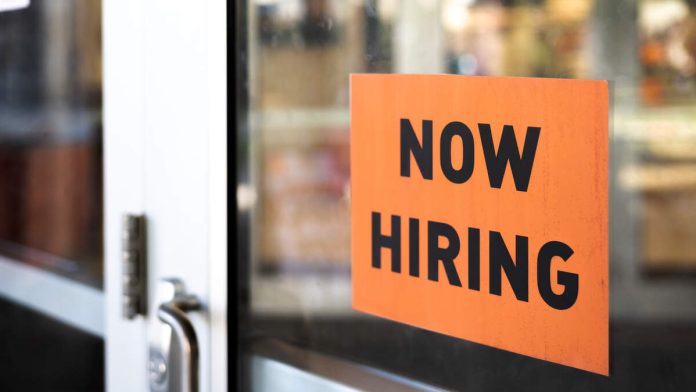The U.S. economy added 254,000 jobs in September, significantly exceeding expectations and marking a robust growth. The unemployment rate also fell from 4.2% in August to 4.1%, according to data released by the Bureau of Labor Statistics. The figures were well above the forecasted addition of 150,000 jobs for the month. Furthermore, job data from previous months were revised upward, with August’s figures increased by 17,000 to 159,000 and July’s by 55,000 to 144,000.
The surprisingly high job total comes just a month before Election Day, as the economy becomes a focal point in the campaign between Vice President Kamala Harris and former President Donald Trump. Harris has highlighted the Biden administration’s progress in job creation during the COVID recovery period, while Trump has attempted to portray the economy as a disaster, despite data indicating otherwise.
The Federal Reserve’s larger-than-expected interest rate cut last month is still taking effect, which economists predict will help stimulate demand in industries sensitive to borrowing rates, such as manufacturing, housing, and autos. Additional quarter-point rate cuts are expected at the Fed’s meetings in November and December, with more anticipated next year.
However, the report also highlighted that hiring was not evenly distributed, with job growth concentrated in construction, health care, leisure and hospitality, and government jobs. White-collar sectors like business and professional services and finance added a negligible number of new jobs while hiring outright declined in manufacturing.
Despite the positive job growth, there are signs of ongoing labor market weakness. The Bureau of Labor Statistics reported that the hiring rate had declined to just 3.3%, its lowest level since October 2013. Furthermore, the Conference Board’s closely watched consumer confidence survey fell by the largest amount since August 2021, driven largely by concerns about the labor market.

Recent Comments